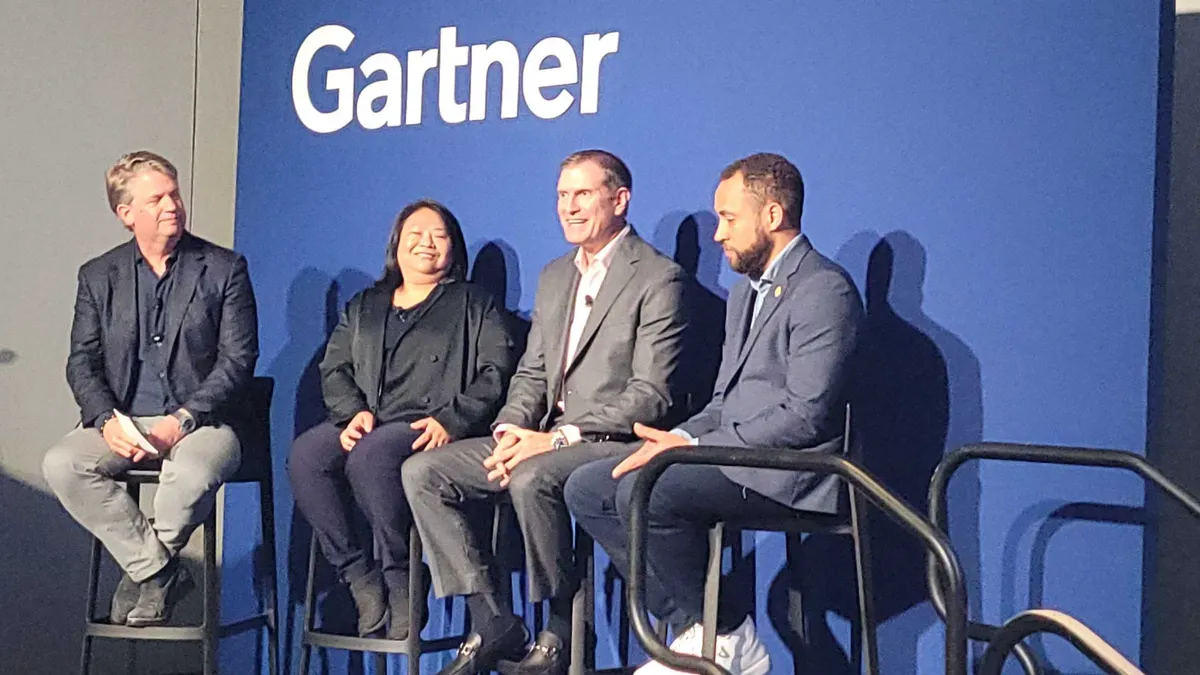Learning professionals continue to struggle with program completion rates. Enrollment in massive open online courses (MOOCs), for example, is high among the general population but completion rates remain very low. An educational researcher, Katy Jordan reports that completion rates average at 15%.
This trend has led some stakeholders to begin cutting their losses, but a study by Harvard researchers may have some insight into addressing these low completion rates, with lessons that apply across all learning platforms.
They found many students who sign up for classes never actually start, suggesting that many enroll out of curiosity, browsing the course with no intention of finishing. But when learners complete an initial lesson, and then go on to the next few, completion rates jump from 6% to 22%. It seems the problem lies more in engagement than anything else.
Conventional wisdom
So when it comes to employee learning, how can learning professionals increase completion rates? Incentives like certificates or payments can certainly help. When students are required to pay even a nominal fee for a course, completion rates rise. One study points to a 59% completion rate for paid coursework versus 5% non-paid. The investment in the program points to a higher level of commitment from the learner. Requiring workers to pay for training is, of course, fraught with risk, but this idea could apply to an employee who understands that his or her employer is paying for the training.
For those students who hope to receive a certificate at the end of the course, the completion rate is about 60%. Another incentive to complete is the possibility of college credit. After completing MIT’s five supply chain management courses and final exam, for example, students can apply to MIT, and if admitted, qualify to gain college credit toward the schools blended graduate master’s degree program.
Make it social
But if you've already tried incentives — or if they're just not in the budget — a new study suggests that the key to boosting completion rates is making courses more social.
The details
The study, released by researchers at the Delft University of Technology in the Netherlands, says that when students are required to interact with classmates, converse over social media and participate in student-led presentations, completion rates rise dramatically.
These factors all apply in the traditional classroom setting, and they carry over into the virtual classroom, the study says. Students who compare themselves to others are motivated to adapt their learning strategies. Without the physical classroom environment, however, these behaviors can’t manifest, so employers need to find a way to create this online.
Introducing social comparison via social media drastically improved completion rates for study participants, the researchers say. "Completion rates have been increased by providing avenues for students to have interactions with course faculty and other students," according to Dr. Satesh Bidaisee, professor of public health and preventive medicine and assistant dean for School of Graduate Studies at St. George’s University, which was involved with the study.
The university also introduced live office hours, live weekly seminars, blog discussions, interactions on social media and peer review evaluations, Bidaisee said. The result was a team-like camaraderie which maintained participation and increased the number of those who stayed with the courses through the end.
Implementing the findings
Employers have a variety of options for getting the ball rolling. “Set up a space for learners to comment or otherwise engage around a topic," recommends Jane Botharz of Botharzone.com. You can set up an online community on Facebook, LinkedIn, or even your learning management system, and invite employees to share there.
“Invite learners to share key takeaways and provide social site buttons to make that easy," Botharz says. "Use an Amazon-style rating system for courses; invite learners who complete the course to give star ratings and comments, and offer rewards for completion."
You could, for example, offer "superlearner" designations or show when learners have moved from novice-level to master-level content, she suggests.
These recommendations apply whether you're using MOOCs or your own learning programs. Employees who can see that they're going through these shared experiences with peers (and who can see where they rank among their peers) may be more engaged and more likely to complete your learning program.





















